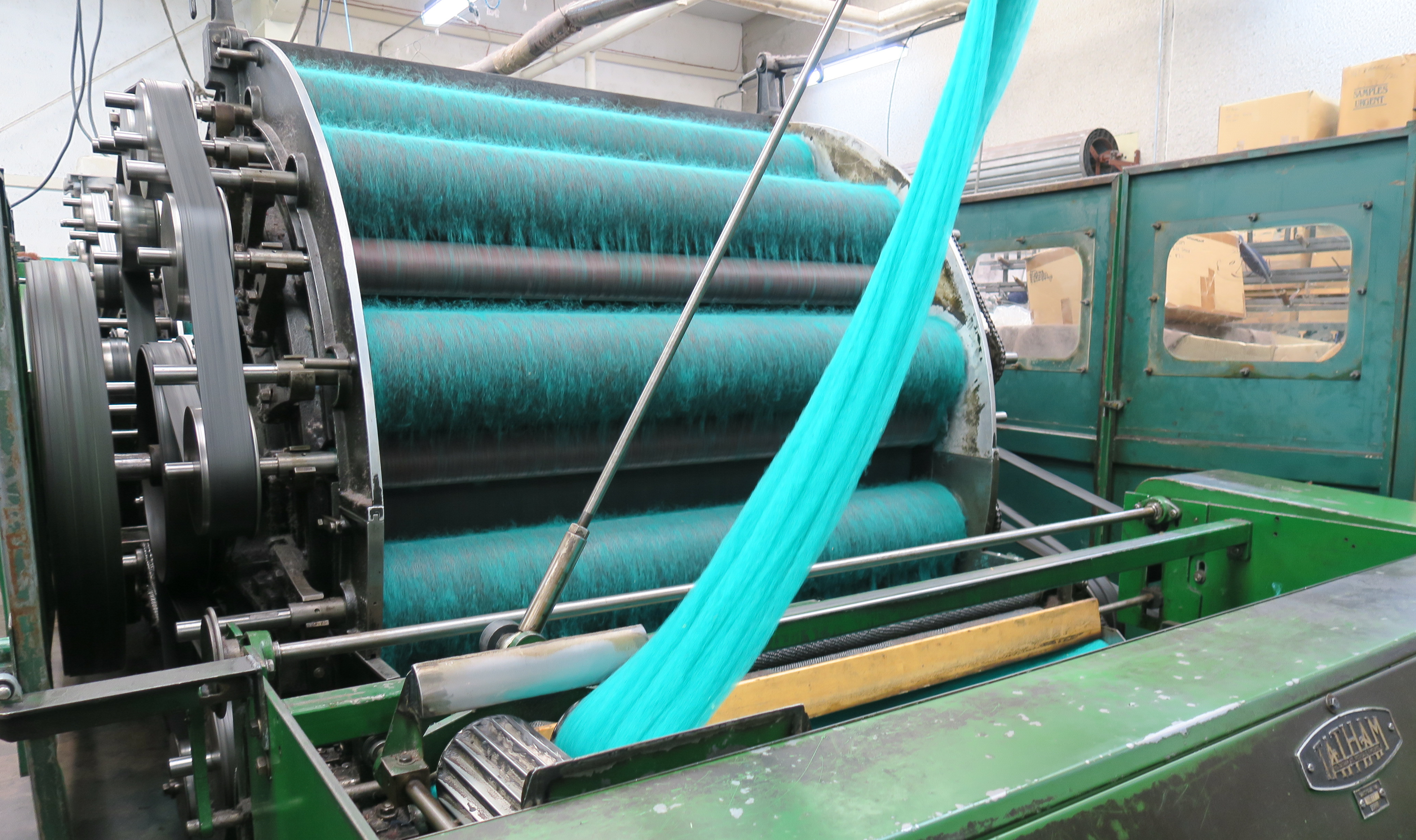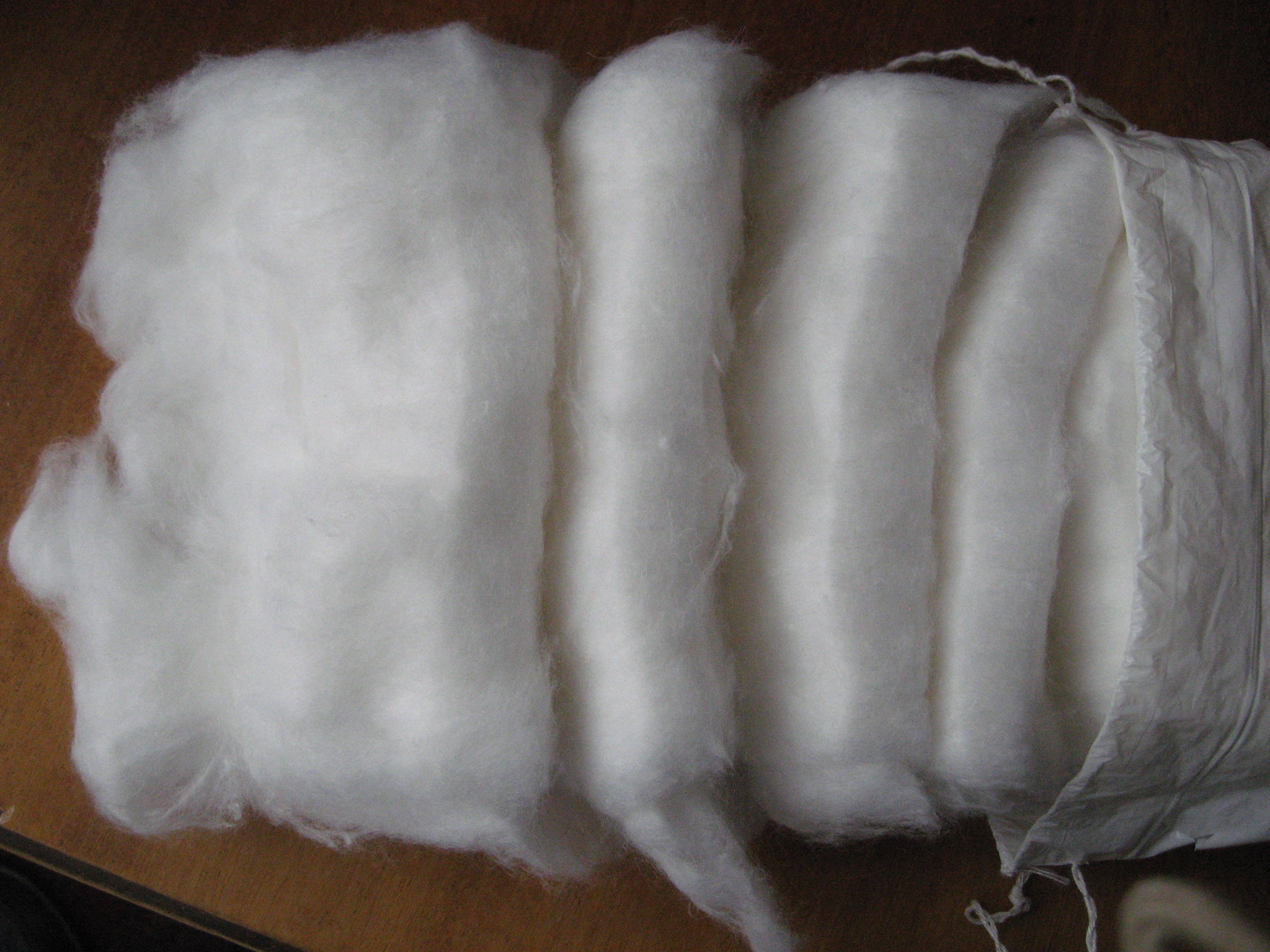|
Razai
Arzaai or Razai (Hindustani: रज़ाई, رزائی; Punjabi: ਰਜ਼ਾਈ, ; bn, রেজাই, rezāi) is a bedding (quilt) very similar to, if not a type of, duvet or comforter, used in Afghanistan, Pakistan, North India, Bangladesh and Nepal. ''Razais'' usually have a cotton, silk or velvet cover which is stuffed with cotton wool Cotton wool consists of silky fibers taken from cotton plants in their raw state. Impurities, such as seeds, are removed and the cotton is then bleached using hydrogen peroxide or sodium hypochlorite and sterilized. It is also a refined product ( .... They can provide a great deal of warmth even in the very cold weather that can occur in these regions, primarily due to the insulating effects of the large amount of air trapped in the cotton wool. Maintenance The cotton wool in a ''razai'' clumps over time, thinning the ''razai'' and driving the air out, which causes the ''razai'' to become less effective as a protection against the cold ... [...More Info...] [...Related Items...] OR: [Wikipedia] [Google] [Baidu] |
Duvet
A duvet (, ; ), usually called a comforter or (''down-filled'') quilt in US English, and a doona in Australian English, is a type of bedding consisting of a soft flat bag filled with either down, feathers, wool, cotton, silk, or a synthetic alternative, and is typically protected with a removable cover, analogous to a pillow and pillow case. The term ''duvet'' is mainly British, especially in reference to the bedding; when rarely used in US English, it often refers to the cover. Sleepers often use a duvet without a top bed sheet, as the duvet cover can readily be removed and laundered as often as the bottom sheet. Duvets originated in rural Europe and were filled with the down feathers of ducks or geese. The best quality feathers are taken from the eider duck, which is known for its effectiveness as a thermal insulator. Name The word duvet is of French origin, meaning "down". Its first known mention in English came in 1759, when Samuel Johnson used it in one of The Idler se ... [...More Info...] [...Related Items...] OR: [Wikipedia] [Google] [Baidu] |
Hindustani Language
Hindustani (; Devanagari: , * * * * ; Perso-Arabic: , , ) is the ''lingua franca'' of Northern and Central India and Pakistan. Hindustani is a pluricentric language with two standard registers, known as Hindi and Urdu. Thus, the language is sometimes called Hindi–Urdu. Despite these standard registers, colloquial speech in Hindustani often exists on a spectrum between these standards. Ancestors of the language were known as ''Hindui'', ''Hindavi'', ''Zabān-e Hind'' (), ''Zabān-e Hindustan'' (), ''Hindustan ki boli'' (), Rekhta, and Hindi. Its regional dialects became known as ''Zabān-e Dakhani'' in southern India, ''Zabān-e Gujari'' () in Gujarat, and as ''Zabān-e Dehlavi'' or Urdu around Delhi. It is an Indo-Aryan language, deriving its base primarily from the Western Hindi dialect of Delhi, also known as Khariboli. Hindustani is a pluricentric language, best characterised as a continuum between two standardised registers: Modern Standard Hindi an ... [...More Info...] [...Related Items...] OR: [Wikipedia] [Google] [Baidu] |
Velvet
Weave details visible on a purple-colored velvet fabric Velvet is a type of woven tufted fabric in which the cut threads are evenly distributed, with a short pile, giving it a distinctive soft feel. By extension, the word ''velvety'' means "smooth like velvet". In the past, velvet was typically made from silk. Today, velvet can be made from linen, cotton, wool and synthetic fibers. Construction and composition left, Illustration depicting the manufacture of velvet fabric Velvet is woven on a special loom that weaves two thicknesses of the material at the same time. The two pieces are then cut apart to create the pile effect, and the two lengths of fabric are wound on separate take-up rolls. This complicated process meant that velvet was expensive to make before industrial power looms became available, and well-made velvet remains a fairly costly fabric. Velvet is difficult to clean because of its pile, but modern dry cleaning methods make cleaning more feasible. Velv ... [...More Info...] [...Related Items...] OR: [Wikipedia] [Google] [Baidu] |
Hindi Words And Phrases
Hindi (Devanāgarī: or , ), or more precisely Modern Standard Hindi (Devanagari: ), is an Indo-Aryan language spoken chiefly in the Hindi Belt region encompassing parts of northern, central, eastern, and western India. Hindi has been described as a standardised and Sanskritised register of the Hindustani language, which itself is based primarily on the Khariboli dialect of Delhi and neighbouring areas of North India. Hindi, written in the Devanagari script, is one of the two official languages of the Government of India, along with English. It is an official language in nine states and three union territories and an additional official language in three other states. Hindi is also one of the 22 scheduled languages of the Republic of India. Hindi is the ''lingua franca'' of the Hindi Belt. It is also spoken, to a lesser extent, in other parts of India (usually in a simplified or pidginised variety such as Bazaar Hindustani or Haflong Hindi). Outside India, several ... [...More Info...] [...Related Items...] OR: [Wikipedia] [Google] [Baidu] |
Doona
Fruit of a ''Shorea'' species ''Shorea'' is a genus of about 196 species of mainly rainforest trees in the family Dipterocarpaceae. The genus is named after Sir John Shore, the governor-general of the British East India Company, 1793–1798. The timber of trees of the genus is sold under the common names lauan, luan, lawaan, meranti, seraya, balau, bangkirai, and Philippine mahogany. Taxonomy ''Shorea'' fossils (linked with the modern sal, ''S. robusta'', which is still a dominant tree species in Indian forests) are known from as early as the Eocene of Gujarat, India. They are identifiable by the amber fossils formed by their dammar resin. Other fossils include a Miocene-aged fossilized fruit from the same region; this fruit most closely resembles the extant '' S. macroptera'' of the Malay Peninsula. Description ''Shorea'' spp. are native to Southeast Asia, from northern India to Malaysia, Indonesia, and the Philippines. In west Malesia and the Philippines, this genus domin ... [...More Info...] [...Related Items...] OR: [Wikipedia] [Google] [Baidu] |
Australian English
Australian English (AusE, AusEng, AuE, AuEng, en-AU) is the set of varieties of the English language native to Australia. It is the country's common language and ''de facto'' national language; while Australia has no official language, English is the first language of the majority of the population, and has been entrenched as the '' de facto'' national language since European settlement, being the only language spoken in the home for 72% of Australians. It is also the main language used in compulsory education, as well as federal, state and territorial legislatures and courts. Australian English began to diverge from British and Irish English after the First Fleet established the Colony of New South Wales in 1788. Australian English arose from a dialectal 'melting pot' created by the intermingling of early settlers who were from a variety of dialectal regions of Great Britain and Ireland, though its most significant influences were the dialects of Southeast Englan ... [...More Info...] [...Related Items...] OR: [Wikipedia] [Google] [Baidu] |
Carding
Carding is a mechanical process that disentangles, cleans and intermixes fibres to produce a continuous web or sliver suitable for subsequent processing. This is achieved by passing the fibres between differentially moving surfaces covered with "card clothing", a firm flexible material embedded with metal pins. It breaks up locks and unorganised clumps of fibre and then aligns the individual fibres to be parallel with each other. In preparing wool fibre for spinning, carding is the step that comes after teasing. The word is derived from the Latin meaning thistle or teasel, as dried vegetable teasels were first used to comb the raw wool before technological advances led to the use of machines. Overview These ordered fibres can then be passed on to other processes that are specific to the desired end use of the fibre: Cotton, batting, felt, woollen or worsted yarn, etc. Carding can also be used to create blends of different fibres or different colours. When blending, the c ... [...More Info...] [...Related Items...] OR: [Wikipedia] [Google] [Baidu] |
Thermal Insulation
Thermal insulation is the reduction of heat transfer (i.e., the transfer of thermal energy between objects of differing temperature) between objects in thermal contact or in range of radiative influence. Thermal insulation can be achieved with specially engineered methods or processes, as well as with suitable object shapes and materials. Heat flow is an inevitable consequence of contact between objects of different temperature. Thermal insulation provides a region of insulation in which thermal conduction is reduced, creating a thermal break or thermal barrier, or thermal radiation is reflected rather than absorbed by the lower-temperature body. The insulating capability of a material is measured as the inverse of thermal conductivity, thermal conductivity (k). Low thermal conductivity is equivalent to high insulating capability (R-value (insulation), resistance value). In thermal engineering, other important properties of insulating materials are product density, density (ρ ... [...More Info...] [...Related Items...] OR: [Wikipedia] [Google] [Baidu] |
Cotton Wool
Cotton wool consists of silky fibers taken from cotton plants in their raw state. Impurities, such as seeds, are removed and the cotton is then bleached using hydrogen peroxide or sodium hypochlorite and sterilized. It is also a refined product (''absorbent cotton'' in U.S. usage) which has medical, cosmetic and many other practical uses. The first medical use of cotton wool was by Dr Joseph Sampson Gamgee at the Queen's Hospital (later the General Hospital) in Birmingham, England. References * ''Absorbent and medicated surgical dressings'', J. S. Gamgee, in The Lancet, London London is the capital and List of urban areas in the United Kingdom, largest city of England and the United Kingdom, with a population of just under 9 million. It stands on the River Thames in south-east England at the head of a estuary dow ..., 24 January 1880 {{med-stub Cotton ... [...More Info...] [...Related Items...] OR: [Wikipedia] [Google] [Baidu] |
Cotton
Cotton is a soft, fluffy staple fiber that grows in a boll, or protective case, around the seeds of the cotton plants of the genus '' Gossypium'' in the mallow family Malvaceae. The fiber is almost pure cellulose, and can contain minor percentages of waxes, fats, pectins, and water. Under natural conditions, the cotton bolls will increase the dispersal of the seeds. The plant is a shrub native to tropical and subtropical regions around the world, including the Americas, Africa, Egypt and India. The greatest diversity of wild cotton species is found in Mexico, followed by Australia and Africa. Cotton was independently domesticated in the Old and New Worlds. The fiber is most often spun into yarn or thread and used to make a soft, breathable, and durable textile. The use of cotton for fabric is known to date to prehistoric times; fragments of cotton fabric dated to the fifth millennium BC have been found in the Indus Valley civilization, as well as fabric remnants date ... [...More Info...] [...Related Items...] OR: [Wikipedia] [Google] [Baidu] |
Silk
Silk is a natural protein fiber, some forms of which can be woven into textiles. The protein fiber of silk is composed mainly of fibroin and is produced by certain insect larvae to form cocoons. The best-known silk is obtained from the cocoons of the larvae of the mulberry silkworm '' Bombyx mori'' reared in captivity ( sericulture). The shimmering appearance of silk is due to the triangular prism-like structure of the silk fibre, which allows silk cloth to refract incoming light at different angles, thus producing different colors. Silk is produced by several insects; but, generally, only the silk of moth caterpillars has been used for textile manufacturing. There has been some research into other types of silk, which differ at the molecular level. Silk is mainly produced by the larvae of insects undergoing complete metamorphosis, but some insects, such as webspinners and raspy crickets, produce silk throughout their lives. Silk production also occurs in hymenopte ... [...More Info...] [...Related Items...] OR: [Wikipedia] [Google] [Baidu] |
.jpg)







